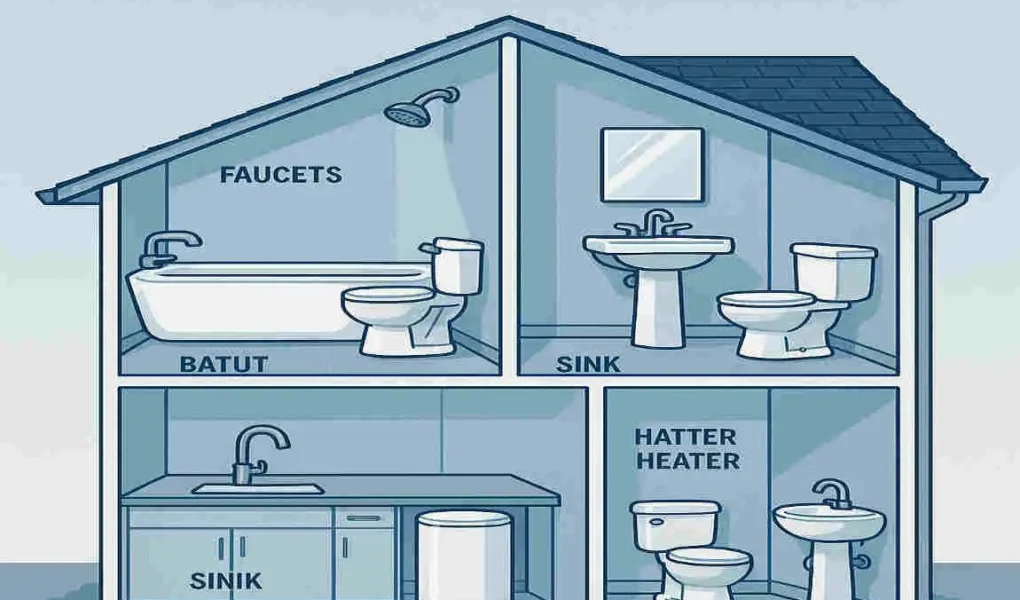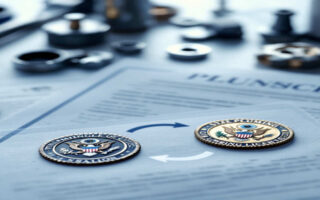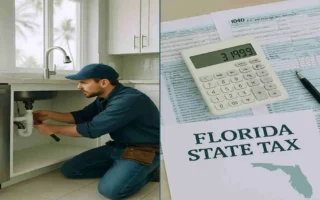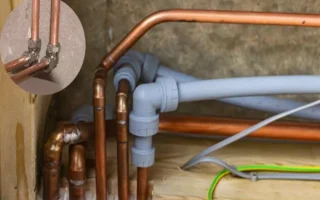When you think about your home’s plumbing system, the first things that likely come to mind are the pipes and water lines hidden behind the walls. But there’s something much more visible and interactive in your daily life—plumbing fixtures. These essential components play a critical role in our homes, yet they often go unnoticed until something goes wrong.
What Are Plumbing Fixtures in Your House?
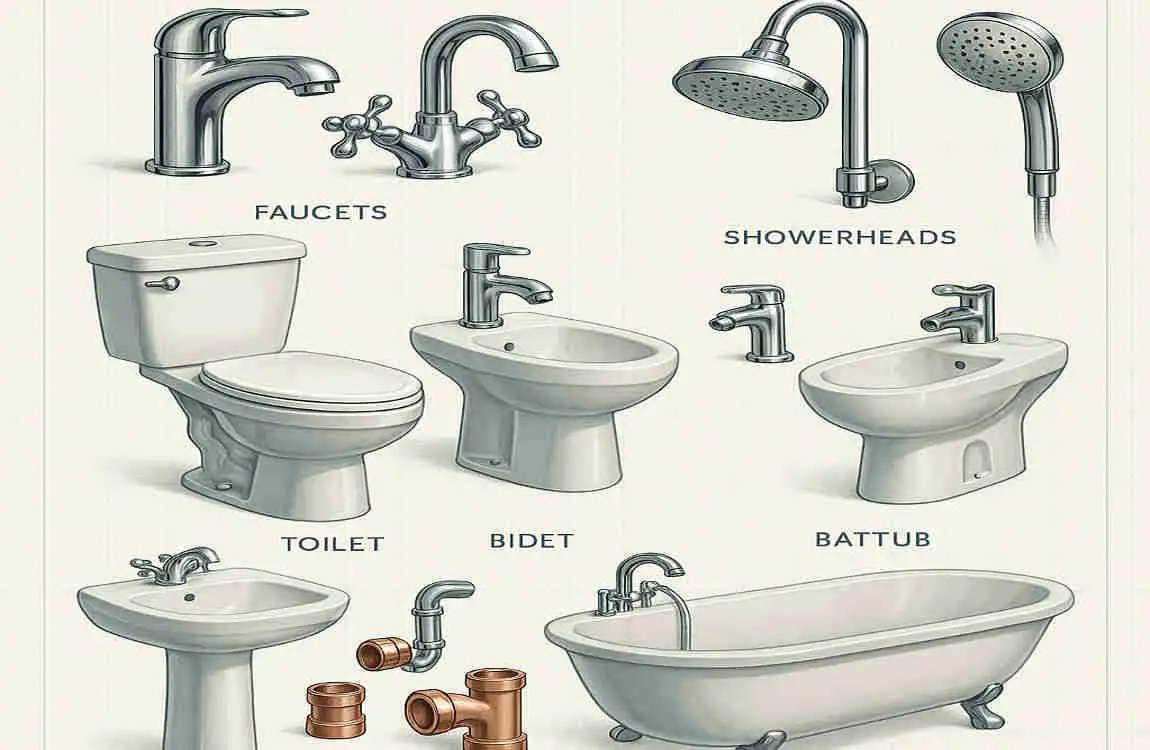
Understanding Plumbing Fixtures
In simple terms, plumbing fixtures are the devices in your home that interact directly with water. They are the points where water is delivered for use and disposed of after use. These fixtures are connected to your home’s plumbing system, which supplies clean water and removes wastewater.
Some common examples of plumbing fixtures include:
- Faucets
- Toilets
- Showers
- Sinks
- Bathtubs
Plumbing fixtures differ from plumbing appliances (like water heaters or washing machines) in that they don’t have mechanical parts or require electricity to operate. Fixtures are also distinct from plumbing fittings, which refer to the pipes, valves, and connectors that direct water to and from these fixtures.
Why Knowing About Plumbing Fixtures Matters
Understanding your home’s plumbing fixtures is essential for several reasons:
- Regular Maintenance: Knowing what fixtures you have helps you maintain them properly and prevent costly repairs.
- Home Improvement: If you’re remodelling or upgrading your home, being familiar with plumbing fixtures ensures you make informed decisions.
- Water Conservation: Many modern fixtures are designed to save water, helping you reduce your bills and environmental impact.
Types of Plumbing Fixtures Found in a House
Plumbing fixtures are everywhere in your home, and each serves a unique purpose. Let’s break them down by location and function.
Kitchen Fixtures
- Faucets and Taps: These are essential for washing hands, rinsing produce, and cleaning dishes. Kitchen faucets come in various designs, from pull-down sprayers to touchless models.
- Sinks: Kitchen sinks are typically larger and deeper than bathroom sinks to accommodate pots, pans, and other large items.
Bathroom Fixtures
- Toilets: A bathroom staple, toilets come in various styles, including one-piece, two-piece, and wall-mounted options. Modern toilets often include water-saving features.
- Showers: Shower fixtures range from simple fixed showerheads to luxurious rain showers and handheld options.
- Bathtubs: Freestanding tubs, alcove tubs, and whirlpool tubs are popular choices for relaxation and bathing.
- Sinks: Bathroom sinks are smaller and more decorative, with styles like pedestal sinks, vessel sinks, and undermount sinks.
- Bidets: Bidets and bidet attachments are gaining popularity for their hygienic benefits.
Laundry Room Fixtures
- Utility Sinks: These deep sinks are used for cleaning larger items or handling messy tasks.
Outdoor Fixtures
- Hose Bibs: Outdoor faucets, or hose bibs, supply water for gardening, washing cars, and other outdoor activities.
- Outdoor Showers: Found in some homes, outdoor showers are great for rinsing off after swimming.
Specialty Fixtures
- Urinals: These are occasionally found in residential homes, especially in custom-built bathrooms.
- Garbage Disposals: While technically a kitchen appliance, garbage disposals are often considered part of the sink fixture system.
Materials Used for Plumbing Fixtures
The material used to make a house plumbing fixture can significantly impact its durability, appearance, and maintenance needs. Here are some of the most common materials:
Material Advantages Disadvantages
Brass Durable, corrosion-resistant, attractive Expensive, heavy
Stainless Steel Rust-resistant, easy to clean. Can scratch easily, mid-range cost
Plastic Affordable, lightweight, Less durable, prone to cracking
Chrome Shiny, modern appearance. Prone to water spots and fingerprints
Modern and Eco-Friendly Materials
- Ceramic: Often used for sinks and toilets, ceramic is durable and easy to clean.
- Composite Materials: These are made from recycled materials and are more environmentally friendly.
When selecting materials, consider factors like budget, durability, and the style of your home.
How Plumbing Fixtures Work in Your Home
Plumbing fixtures may look simple, but they rely on a complex network of pipes, valves, and drainage systems to function correctly. Here’s how they work:
Water Supply and Drainage
- Water Supply: Clean water is delivered to fixtures through pipes connected to your home’s water system.
- Drainage: After use, wastewater is removed through drainpipes, ensuring it doesn’t contaminate your living space.
Valve Types in Fixtures
Plumbing fixtures often rely on different types of valves, such as:
- Compression Valves: Common in faucets, these use a rubber washer to control water flow.
- Ball Valves: Found in faucets, these valves use a rotating ball to regulate water flow.
- Cartridge Valves: Known for their durability, these are often used in modern faucets.
Importance of Maintenance and Repair
Like anything in your home, plumbing fixtures require regular care. Failing to maintain equipment can lead to problems such as leaks, corrosion, and blockages.
Common Plumbing Fixture Issues
- Leaking Faucets: A dripping faucet wastes water and increases your bills.
- Clogged Drains: Slow or blocked drains can disrupt your daily routine.
- Corrosion: Rust and mineral deposits can damage fixtures over time.
DIY Maintenance Tips
- Regularly clean fixtures to prevent buildup.
- Check for leaks and address them promptly.
- Use drain strainers to avoid clogs.
When to Call a Professional
Some issues, like replacing a broken valve or repairing a significant leak, require the expertise of a licensed plumber.
Upgrading or Replacing Plumbing Fixtures
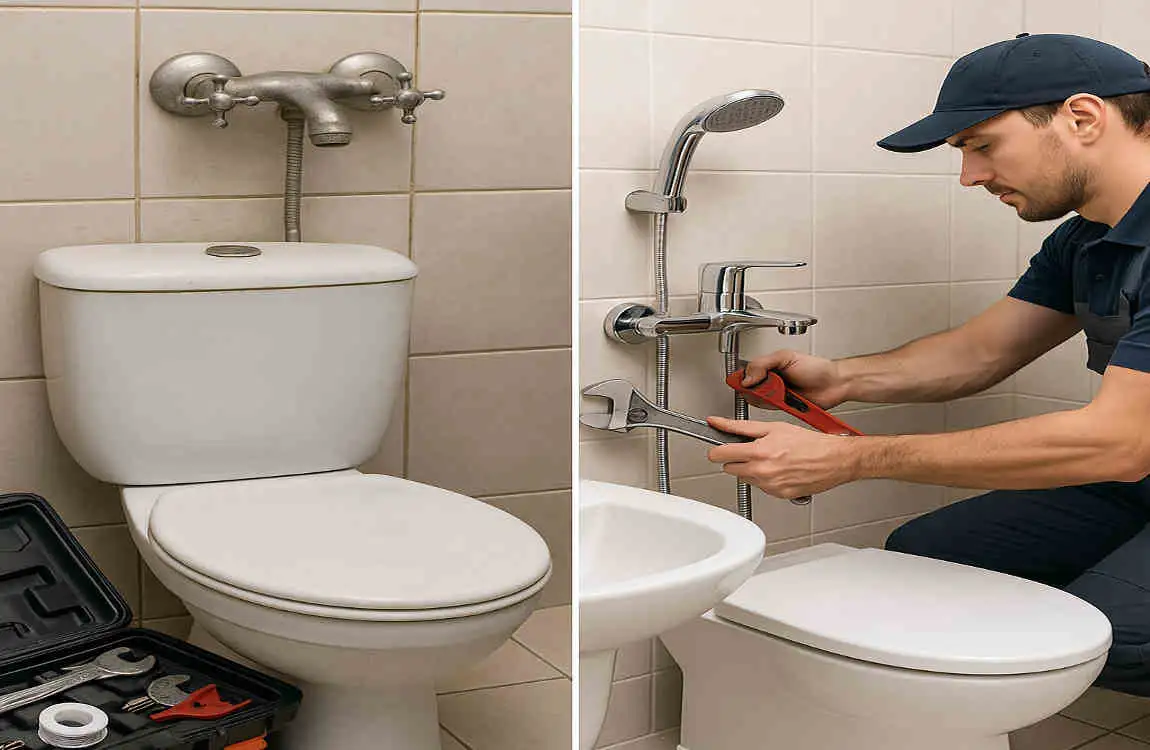
If your plumbing fixtures are outdated or no longer functional, it may be time to upgrade. Here’s what you need to know:
Signs You Need an Upgrade
- Persistent leaks or frequent repairs
- Outdated design that doesn’t match your home’s style
- Inefficiency, leading to high water and energy bills
Benefits of Upgrading
- Water Efficiency: Modern fixtures use less water, saving you money.
- Enhanced Design: Upgrading can give your home a fresh, modern look.
- Higher Home Value: Homes with updated fixtures are more attractive to buyers.
Popular Plumbing Fixture Trends
- Touchless Faucets: Activated by sensors for convenience and hygiene.
- Water-Saving Toilets: Use minimal water without sacrificing performance.
- Smart Showers: Allow you to control temperature and water flow via an app.
Plumbing Fixtures and Home Value
Did you know that your house plumbing system fixtures can directly impact your home’s value? Here’s how:
- First Impressions: High-quality fixtures make a home feel modern and well-maintained.
- Energy Efficiency: Eco-friendly fixtures appeal to environmentally conscious buyers.
- Practicality: Buyers appreciate homes with functional and stylish plumbing fixtures.

